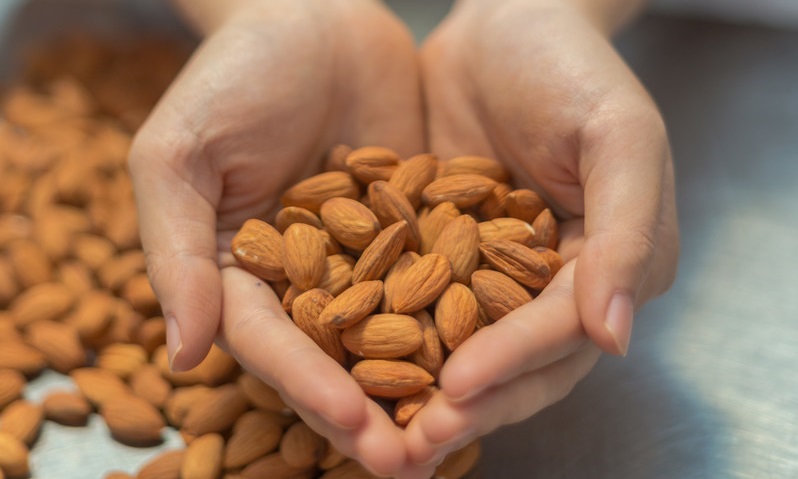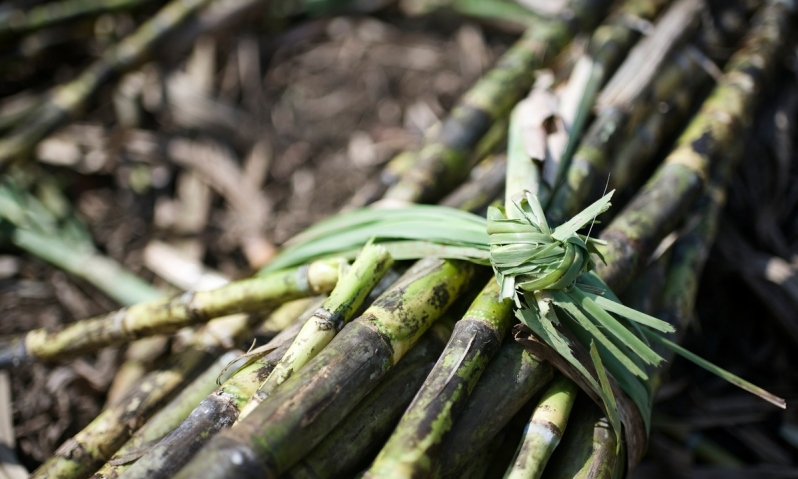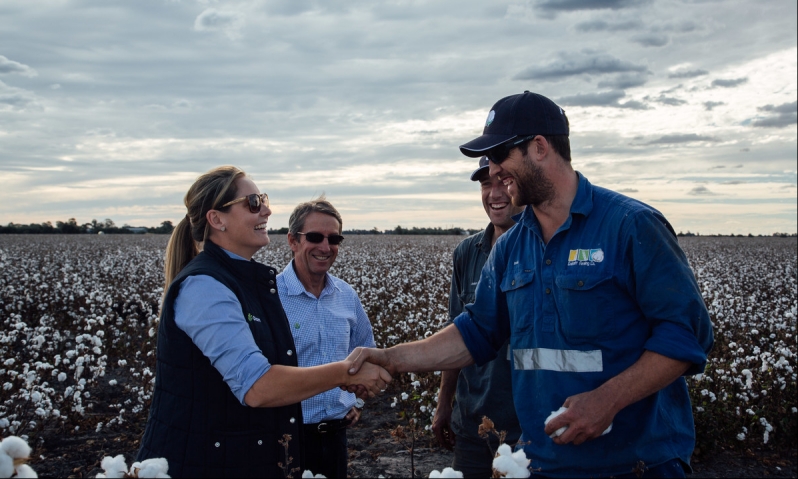Achieve operational excellence through tracking metrics that matter, digital dashboards and performance scorecards, execution discipline and continuous improvement.
Our new strategy places greater emphasis on our strengths and capitalises on new opportunities – a pivotal moment as we redefine our new purpose as "Re-imagining Global Agriculture and Food Systems".
It transitions from the current “Onat Way” or “Onat 1.0” to “Onat 2.0” to meet evolving consumer preferences, after spending the past nearly 30 years honing our business model.
We have identified four key trends and opportunities underpinning the food and agri-sector which have influenced our strategies. Driven by consumers and advances in technology, these trends include increasing demand for healthier foods, traceable and sustainable sourcing, e-commerce and the rise of “purpose” brands.

Planned investment of US$3.5 billion (including US$1 billion maintenance capital expenditure) in 12 prioritised high potential growth, proven businesses – Edible Nuts, Cocoa, Grains and Animal Feed, Coffee, Cotton, Spices, Edible Oils, Infrastructure and Logistics, Dairy, Rice, Packaged Foods and Commodity Financial Services.
1a
Release of US$1.6 billion by de-prioritising and divesting four businesses – Sugar, Rubber, Wood Products, Fertiliser – and other non-core businesses and assets that no longer align with our strategic priorities. The divestments will be completed in a responsible and orderly manner during this plan period.
1bDrive margin improvement by enhancing cost competitiveness and optimising capital efficiency and productivity.
02
Generate additional revenue streams by offering differentiated products/services such as At the Source, risk management solutions, value-added services, ingredients and product innovation; and from both existing and new channels such as co-manufacturing, the food service sector and e-commerce for small and medium-sized customers.
03
Explore partnerships and investments in new engines for growth by assessing opportunities to deliver to the consumers and farmers of tomorrow.
04Achieve operational excellence through tracking metrics that matter, digital dashboards and performance scorecards, execution discipline and continuous improvement.
Continue to keep sustainability at the heart of the business and re-generate food and farming landscapes while capitalising on changing consumer preferences, and trends - “right-for-me”, “right-for-the-planet”, “right-for-the-producer”.
Lead the industry’s digital transformation and disruption by identifying, validating and deploying initiatives to capture and create value.
Attract, retain and inspire top talent by embedding the Group’s purpose and investing in people development programmes.
A minimum Return on Equity of 12 per cent. from 2021 onwards.
Earnings Before Interest, Tax, Depreciation and Amortisation (EBITDA) to Invested Capital ratio of at least 13 per cent. from 2021 onwards.
Positive Free Cash Flow to Equity from 2020 onwards.
Net Debt to Equity ratio not exceeding 2.0 times throughout the six-year period.
© 2018 Onat Global All Rights Reserved Co.